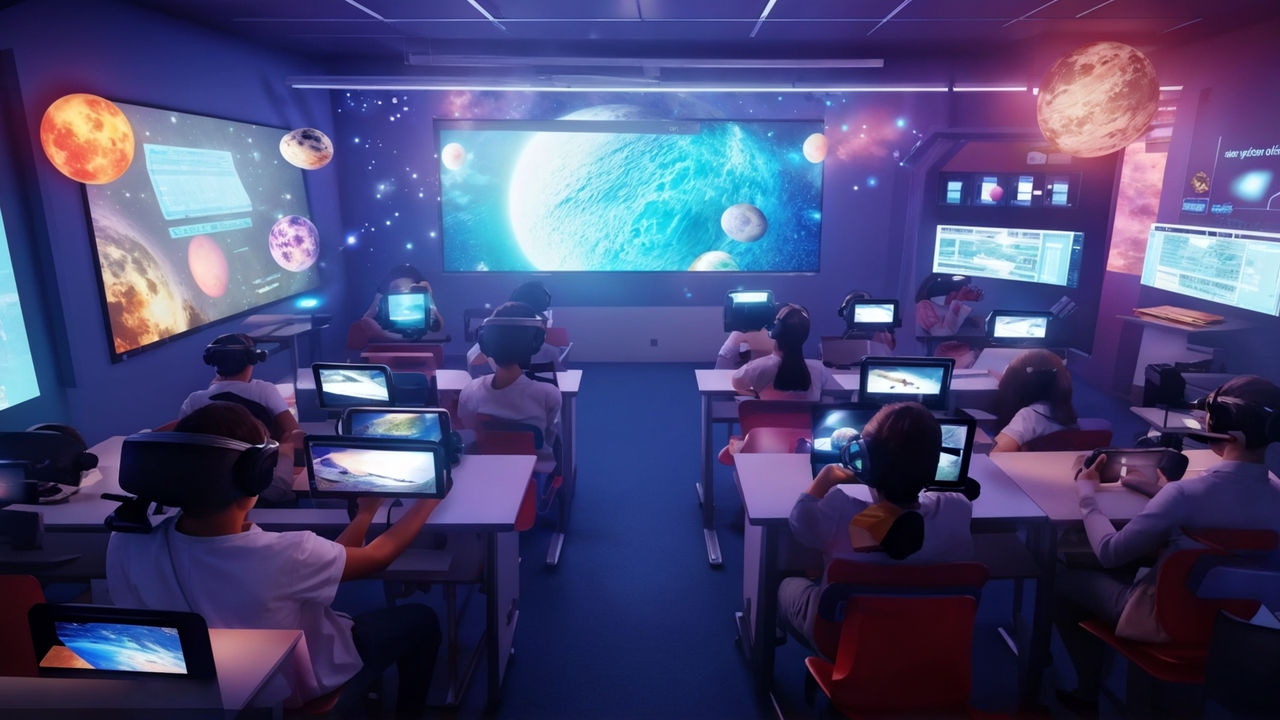Unlock AR in Education: Create Immersive Learning Experiences Today
Augmented Reality (AR) is rapidly transforming the education landscape by creating immersive, interactive learning environments. Web developers play a crucial role in this transformation by building AR applications that engage students like never before. The potential of AR in education is immense, from making abstract concepts tangible to personalizing learning experiences. This article explores how AR can be leveraged to create interactive educational content, providing insights that any web developer can apply to their projects.
The Role of AR in Modern Education:
AR bridges the gap between the physical and digital worlds, making learning more engaging and interactive. Imagine a history lesson where students can walk through a virtual ancient city or a biology class where they can manipulate 3D models of cells. These experiences are not just engaging but also enhance understanding. Web developers have the opportunity to design these AR experiences by using tools like Unity or ARKit to create rich, interactive content.
AR in education also supports differentiated learning by allowing students to interact with materials at their own pace. For instance, students who struggle with traditional textbooks might find it easier to grasp concepts when they can see and manipulate 3D models. Web developers should consider how their AR applications can cater to various learning styles, making education more inclusive.
Building Interactive AR Learning Experiences:
Creating effective AR learning experiences requires a deep understanding of both educational content and user experience design. Web developers must focus on building intuitive interfaces that are easy for students to navigate. This involves considering the user’s journey through the application, ensuring that each interaction is seamless and enhances the learning process. Tools like React Native can be invaluable in creating responsive, cross-platform AR applications.
Moreover, AR applications in education should be content-rich, offering students opportunities to explore and interact with the material in meaningful ways. This might involve integrating multimedia elements like videos, quizzes, and simulations. By doing so, developers can create a more immersive learning experience that goes beyond the traditional classroom.
Overcoming Challenges in AR Education Development:
While AR offers exciting possibilities, developing educational AR applications comes with its own set of challenges. One significant challenge is ensuring that the AR content is accessible to all students, regardless of the device they use. Web developers need to build applications that are compatible with a range of devices, from high-end AR headsets to smartphones. Leveraging technologies like Progressive Web Apps (PWAs) can help create scalable and accessible AR solutions.
Another challenge is maintaining engagement over time. Educational AR applications must be designed with long-term use in mind, providing ongoing value to students. This might involve integrating gamification elements or regularly updating the content to keep it relevant and engaging. Developers should also consider how to integrate feedback mechanisms, allowing educators to assess the effectiveness of the AR content and make adjustments as needed.
Future of AR in Education:
The future of AR in education is bright, with ongoing advancements making it easier for web developers to create sophisticated AR experiences. As AR technology evolves, we can expect to see even more interactive and immersive educational applications. Developers should stay updated on the latest trends and tools, such as the rise of AI-driven educational content, to remain at the forefront of this exciting field.
In conclusion, AR is a powerful tool that can transform education by making learning more interactive, engaging, and personalized. For web developers, the key to leveraging AR lies in understanding the educational needs of students and designing applications that are both accessible and immersive. By doing so, they can create learning experiences that not only educate but also inspire.
Discover more from Just-CO
Subscribe to get the latest posts sent to your email.




